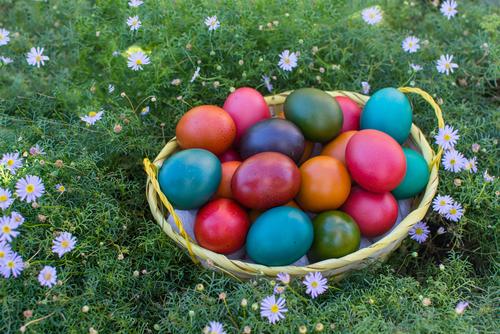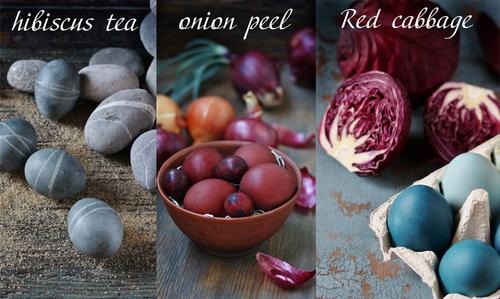Artificial Dyes: What Are They?
Synthetic and artificial dyes are created in a lab and have a base of petroleum or coal tar.
The Honest Company has a great article on synthetic dyes. Basically, artificial dyes are:
“In simplest terms, artificial dyes are synthetic colors. They were originally made by burning coal tar, which creates a wide spectrum of colors depending on the temperature and duration of heat (1). These days, coal tar and petroleum derivatives create the base of artificial dyes. By combining and reacting these molecules and compounds, chemists create the rainbow of colors we see all around us every day. Artificial dyes differ from natural dyes in that they’re typically more intense in color, more stable, more uniform from batch to batch, less expensive, and easier to blend to create a wider spectrum of hues.
There are many reasons to stay away from artificial dyes. I try to steer clear of artificial dyes in general. Then I found out you can actually create your own dyes!
I’ll be honest, the process is a bit tedious and lengthy. But if you have a drawer full of veggies that are about to go bad, why not use them up before?
I’m a huge fan of using organic or whole ingredients instead of synthetic ones, which is why this idea of using veggies as dyes is super cool.
You can use veggies and herb powders (like turmeric) to create homemade dyes! Of course, you don’t have to use organic veggies for this (if I buy organic, I want to eat it, not use it to make dye.)
Dyed Your Easter Eggs with Veggies!
With this technique, you can skip artificial dyes all together!
 This Easter, try creating colorful, naturally dyed easter eggs instead of using that fake stuff.
This Easter, try creating colorful, naturally dyed easter eggs instead of using that fake stuff.
You can use beets, cabbage, onions, turmeric powder, and more! The possibilities are endless.
Check out how easy it is to make naturally dyed Easter eggs with items you probably already have in your fridge.
What You’ll Need:
- One pot per color
- 1 dozen eggs (or however many eggs you’d like to dye)
- 1 tbsp white vinegar, per dye
- drying rack
Steps:
- Boil your onion, cabbage, turmeric or what have you.
- Add the tablespoon of vinegar.
- Let your egg rest in the dye for 2-12 hours in the fridge. You can add them into a mason jar for easy storage. The longer you leave it, the darker the color will become.
- Your eggs are ready for an egg hunt!
Eggs Aren’t The Only Thing You Can Dye
End up having a ton of dye leftover? Check out our list of recipe you can repurpose that dye for.


